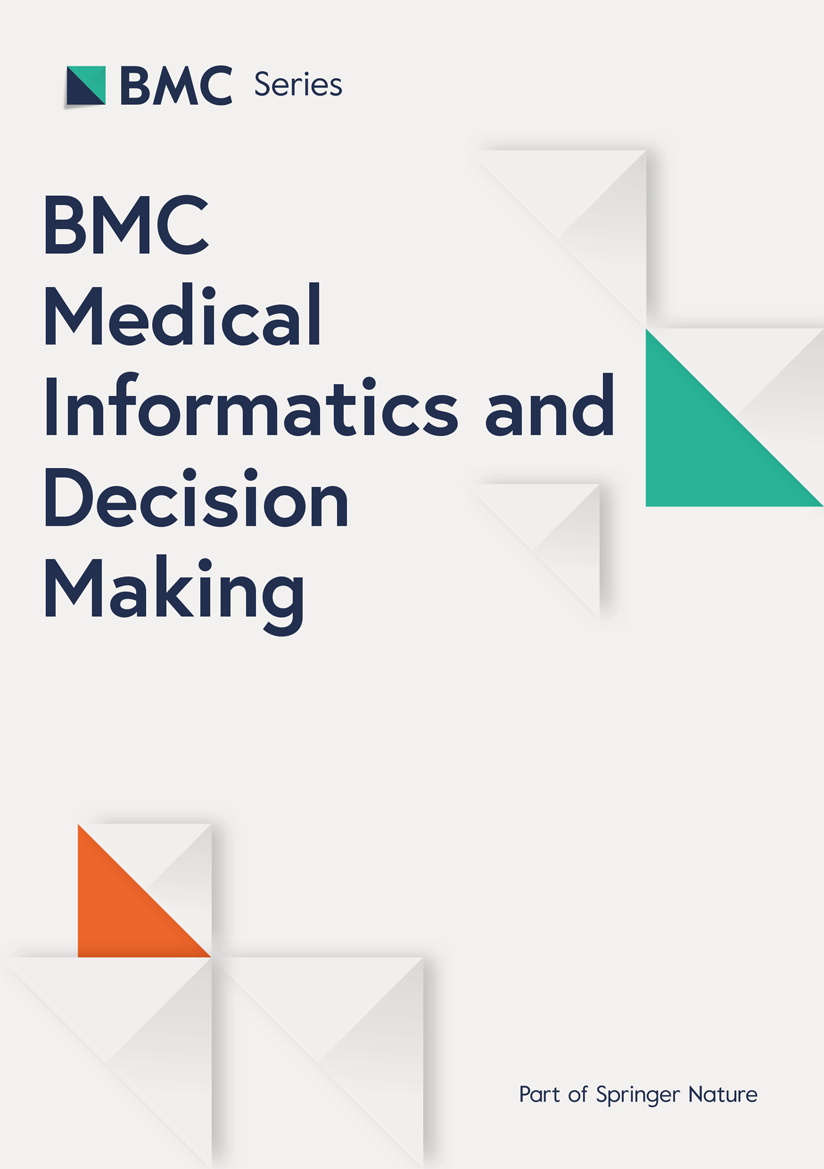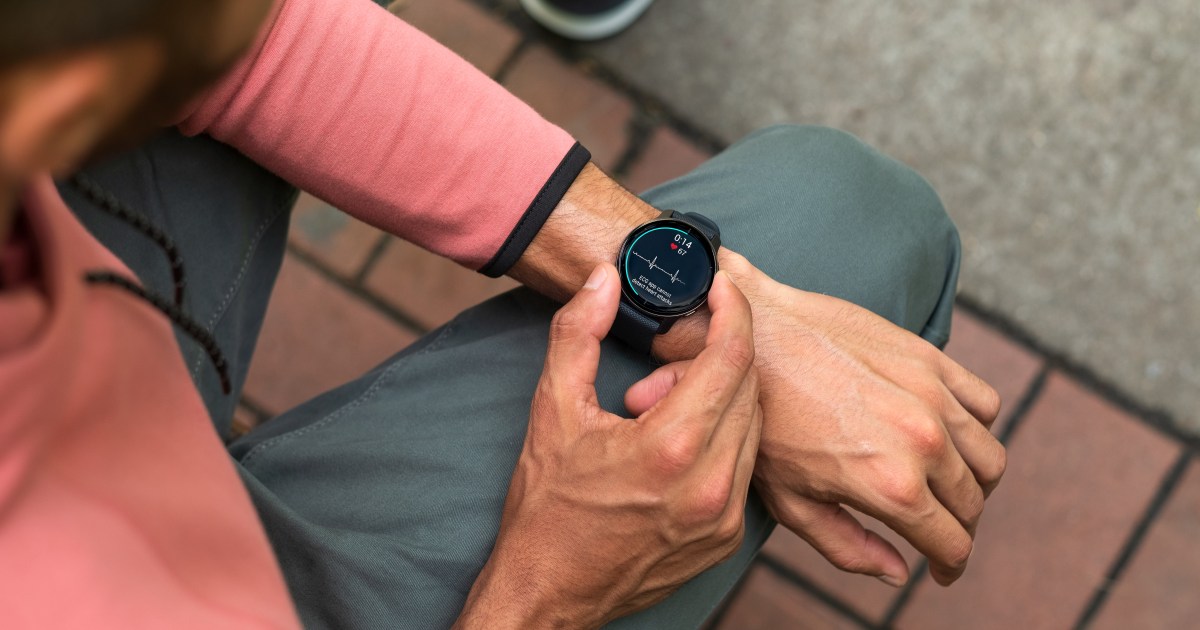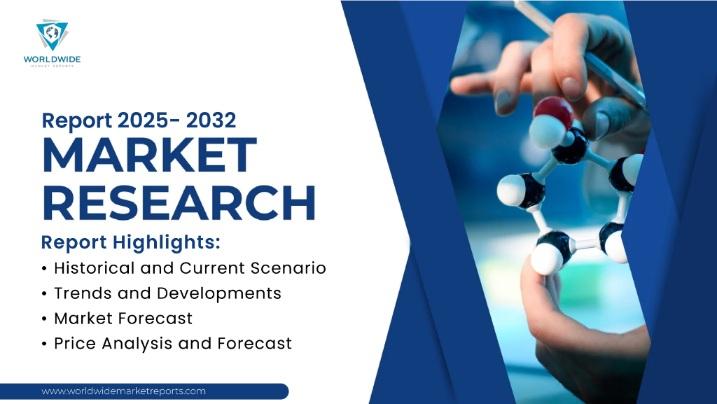Software as a Medical Device: Why companion apps are a growing MedTech trend


The use of digital health apps has been increasing over the last few years, offering an opportunity to reduce the amount of in-person clinic visits. Mobile health apps have revolutionised patient care, monitoring and screening, reducing hospital admissions and providing care for chronic diseases. They are particularly beneficial for patients in rural locations and those with mobility issues or limited transportation. Further, the potential market for health and fitness apps is huge since anyone who owns a smartphone could be a consumer.
At the regulated end of the scale, wearable tech and Software as a Medical Device (SaMD) have real potential to transform healthcare delivery in the future by streamlining medical monitoring and offering treatments at home. These solutions capture patient data such as heart rate, blood pressure and BMI, as well as steps and activity from connected devices. They can also include patient-reported outcomes from questionnaires on pain levels or stress, for example. This data is observed by medical experts, who can intervene if necessary.
The recent rise of artificial intelligence (AI) and machine learning (ML) has also led to the possibility of using real-world data to provide patients with predictive health insights for an increasingly wider set of complex conditions, where permissible under local regulations.
While uptake of Remote Patient Monitoring (RPM) accelerated during the global pandemic, significant changes in the medical device landscape were already in motion, as shown by a recent report from GlobalData, Thematic Research: Mobile Health Apps, which forecasts the regulated medical apps market to reach US$12.1 billion by 2030[i].
Software as a Medical Device (SaMD) and Companion apps
Software as a medical device is a specific category of software, and defined by the International Medical Device Regulators Forum (IMDRF) as “software intended to be used for one or more medical purposes that perform these purposes without being part of a hardware medical device.” Previously referred to as ‘stand alone’ software, or more recently ‘companion apps’, these software platforms typically provide additional capabilities, data and services to medical devices.
The primary goal of companion apps is to empower and engage patients to take control of their care while allowing them to stay in a home environment rather than visiting healthcare facilities – often preferable for both patients and healthcare providers.
“Companion apps have the potential to lower healthcare costs,” says Alex Gilbert, VP – MedTech at Huma, a global healthcare company, which helps MedTech companies expand into digital health by building regulated SaMD solutions. “We utilise digital tools to increase clinical capacity and the amount of time a physician has available to treat a larger number of patients.”
Gilbert explains that in a recent case study, Huma could use its SaMD solutions to double clinical capacity by reducing the length of stay in surgical wards. “Another opportunity is prioritising surgical waitlists and making sure that the right patient is being treated at the right time,” continues Gilbert. “The main goal is to digitise systems to maximise efficiencies.”
Gilbert points out that SaMD provides an overall solution that benefits hospitals, patients, and the MedTech company whilst ensuring a higher level of safety than unregulated products. Hospitals benefit via improved resource utilisation, patients benefit via remote care access, and Medtech organisations can increase their focus on improving care pathways overall whilst collecting information to improve future product development: “The main benefit of a digital program, whether it’s a companion app or SaMD, is that you are solving more problems than just collecting your own data. Hospitals participate in these programs because you can provide a solution that simultaneously helps hospitals navigate their care pathways and helps patients navigate their episode of care.”
GlobalData reports that the RPM devices market size was $548.9 million in 2020[ii], with the market expected to grow at a CAGR of more than 3% over the forecast period. Analysis suggests that this market is driven by several factors, including the need for healthcare providers to decrease costs and improve efficiency, the ease of use of RPM devices, improved healthcare in rural areas, and the increasing ageing population.
AI can now assist clinicians in decision-making by offering greater insights based on large volumes of data and assist in making predictions or spotting deterioration in health based on analysis of biomarkers or other indicators, including facial and speech analysis. GlobalData predicts that the use of AI within medical practices is likely to increase[iii], with digital health and AI going “hand in hand.” AI can make digital health even more accessible and easier for patients and has allowed for products such as AI chatbots. Platforms like these can review a patient’s symptoms and suggest next steps, such as an in-person follow-up.
The evolving regulatory landscape
To guarantee patient safety, digital platforms, SaMD or medical device software (MDSW), need to be appropriately regulated. A lack of supervision and regulation is detrimental to providers, patients, and the industry as a whole because dangerous products run the potential of triggering public or regulatory backlash against all digital platforms.
Both the EU MDR and US FDA have a system of Classes that govern both the degree of patient condition and the corresponding level of clinical management or treatment allowed.
A recent UK government consultation[iv] on the future regulation of medical devices sought the opinions of patients, healthcare professionals, researchers, developers, manufacturers, and suppliers of medical devices, as well as patients themselves. The consultation concluded with over 51% of respondents stating they felt “that further definitions were needed.” The proposal aims to ensure that regulation of SaMD is “clear, effective, and proportionate to the risks these medical devices present” but admits that SaMD has applications in health and social care that could not have been envisioned when existing regulations around medical devices were developed.
According to GlobalData’s medical device approval forecast, 70 new Class II mobile health apps are expected to be approved in 2023, and further analysis, also by GlobalData, suggests that more health and wellness-based devices and apps that do not need a prescription are appearing. These devices and apps are not regulated, although currently, vague guidelines surrounding wearables and mobile health apps could change in the future.
Meanwhile, AI technologies often use and provide large datasets and complex algorithms, which will become increasingly difficult to assess without specific regulatory guidelines. Indeed, in the US, the FDA has recently released guidance to clarify oversight of clinical decision support software. While this is seen as a start in regulating AI-based devices, regulations will soon have to address even more complex devices.
Dr Andrew Thompson, Director of Therapy Research & Analysis, Medical Devices at GlobalData, points out that the FDA is taking a risk-based approach to SaMD, which will mean many apps will remain outside of regulation and oversight, but Europe is taking a function-based approach; based on what the device is intended to do, irrespective of outcomes.
Thompson notes: “It is safe to assume that regulations will always be behind the tech, and there is a danger that over-regulation will stifle development. For example, EU-wide restrictions on the movement of patient data outside of the EU will likely have serious repercussions regarding using such datasets to train AI/machine learning. Evidence of this is through the hastily written Artificial Intelligence Act, which is being bolted onto MDR and IVDR, without a clear understanding of how this will impact medical devices.”
“Good regulations take decades to evolve,” adds Thompson.
Helping companies develop digital health products
Although authorities are unsure about the effects of modern technology, MedTech companies are already developing companion apps with Huma’s regulated platform (EU MDR Class IIb and US FDA Class II) to lower healthcare costs and achieve better patient engagement. By solving the problems that healthcare providers have struggled with for decades, the award-winning platform from Huma helps MedTech build stronger relationships with customers, who can make full use of the RPM capabilities to improve efficiency.
For example, companion apps allow post-operative patients to be discharged quicker, freeing up valuable hospital beds and leading to faster, more positive recovery outcomes. According to a recent HCCI study[v], this equates to a 40% reduction in the cost of care and 70% lower readmission rates.
In another example, Huma partnered with Smith+Nephew to develop a SaMD companion solution for orthopaedics implants. Via their companion app, patients were provided with pre-surgery guidance and video calls with their surgical team. Clinicians could monitor patients before surgery, and throughout recovery, patients had access to virtual rehabilitation resources.
Following surgery, one Smith+Nephew patient described the app as “like having my own private doctor at home.”
For more information on how medical device firms can generate revenue from digital health, download the paper below.
[i]
[ii]
[iii] Medical devices industry headed towards AI and machine learning in 2023, says GlobalData – GlobalData
[iv]
[v]
link









